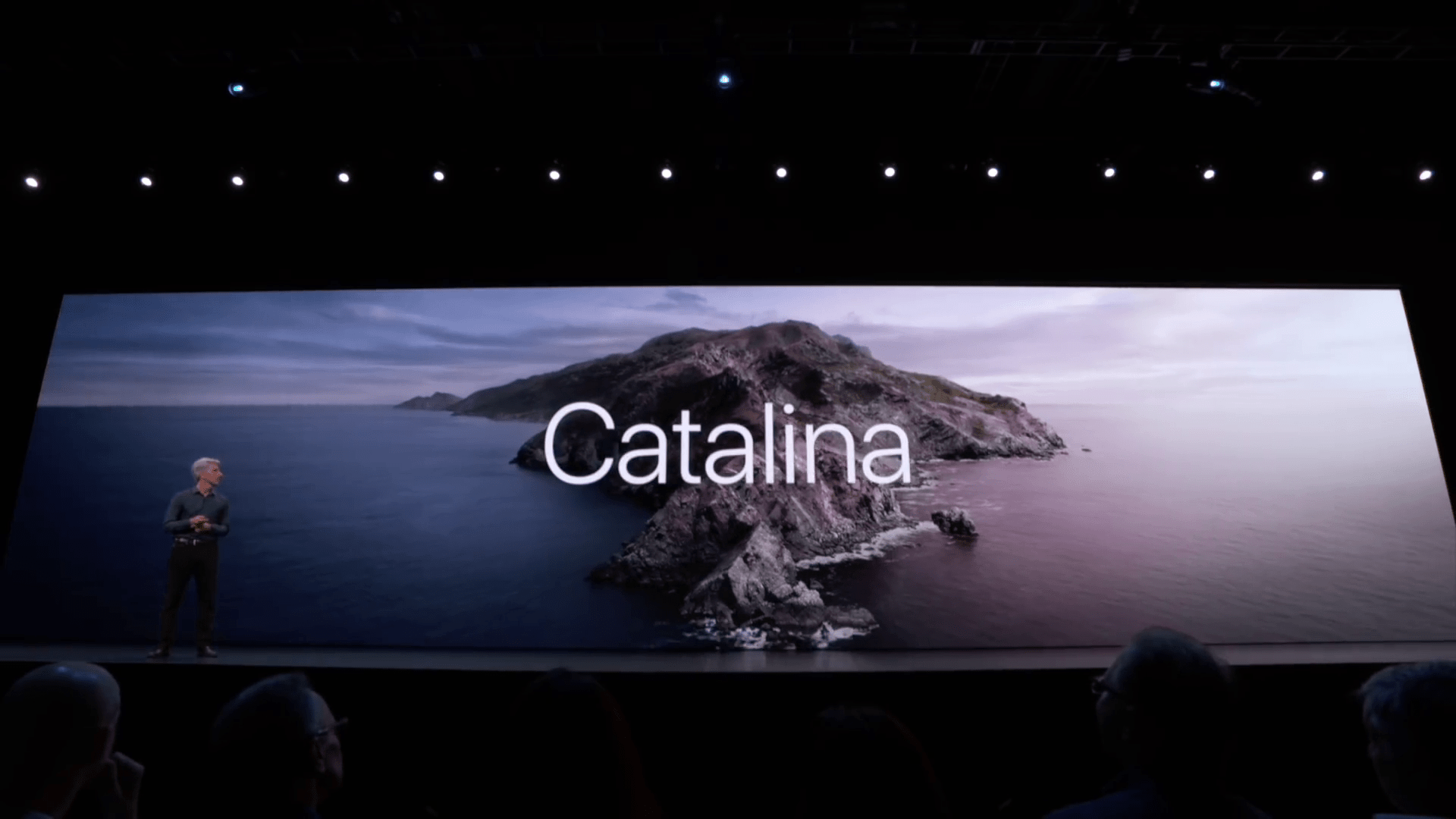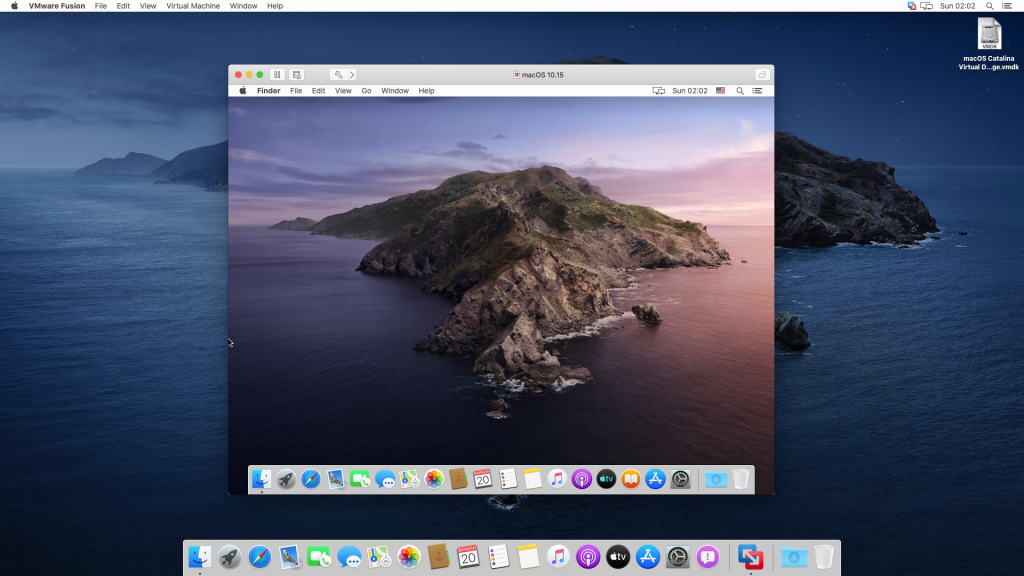

- #MACOS CATALINA INSTALL ISSUES UPDATE#
- #MACOS CATALINA INSTALL ISSUES UPGRADE#
- #MACOS CATALINA INSTALL ISSUES DOWNLOAD#
(SDErrorDomain error 108.)” when trying to boot to an external drive on M1 macOS Monterey Update not Found Same here, getting: “An error occurred while setting “MacOS 13” as the startup disk: The operation couldn’t be completed. I wonder if this is a problem with the macOS or M1 machine? This strategy has been used in the last few years with Intel MacBook. The external SSD drive cannot be used to boot up.

The installation continues until restart.
#MACOS CATALINA INSTALL ISSUES DOWNLOAD#
> I tried to download the macOS 12 and install it to an external SSD drive connected to the Apple M1 chip Mac Mini.
#MACOS CATALINA INSTALL ISSUES UPGRADE#
MacOS Monterey or Ventura Install Problems Reported: Cannot upgrade to Monterey with non-apple SSDĬan’t install macOS Ventura beta on M1 external drive Fix 16: Disabling the Gatekeeper on Apple Mac, that helped me.Fix 15: Possible error due to BridgeOS update issue.Fix 14: Boot from External Bootable Disk.Fix 11: Download Failed Popup Message Error.Fix 10: Reinstall install macOS In Recovery Mode.Fix 7: Install after Repairing Your Disk.On MacOS Ventura: Turn off FireWall on Mac.

Fix 5: Turn Off turn of FileVault or Firewall/VPN.Fix 4: Use Personal WiFi & Internet connection.Fix 1: Delete installer File and Re-download macOS 12.3.Steps to Fix Cannot install macOS Ventura/Monterey: 2022 MacOS.Cannot upgrade to Monterey with non-apple SSD.macOS Monterey or Ventura Install Problems Reported:.Let us know how the process works for you. Your Mac will restart, and you should be able to setup macOS Catalina.After the patches are applied, select the option which says `Force Cache Rebuild`, and click Restart.Click Apply Patches and allow the process to complete. By default, the installer will select all the right patches required for your Mac. When you are back in the macOS Recovery environment, click on the option which says 'macOS Post Install'.The reason for doing this is so that post-install patches can be applied, to make sure that Catalina works fine on your system. Once installation is complete, shut down the Mac, and reboot it using the USB drive again.These are completely normal, and part of installation process created by the developer, to ensure compatibility. You might see some command line messages during the process. Next step would be to use the Reinstall macOS option to start the installation process.This step is required if you are updating from a very old version of macOS which did not support APFS. When you are booted into the macOS Recovery environment, make sure to format your internal drive, where you will install macOS Catalina, to APFS using Disk Utility.Use arrow keys to select the bootable USB drive and hit Return. Turn on the Mac and hold down the Option key. Once the drive is created, plugin into your unsupported Mac where you want to install macOS Catalina on.

Here, plugin in the USB flash drive and click on 'Create a bootable installer'.


 0 kommentar(er)
0 kommentar(er)
